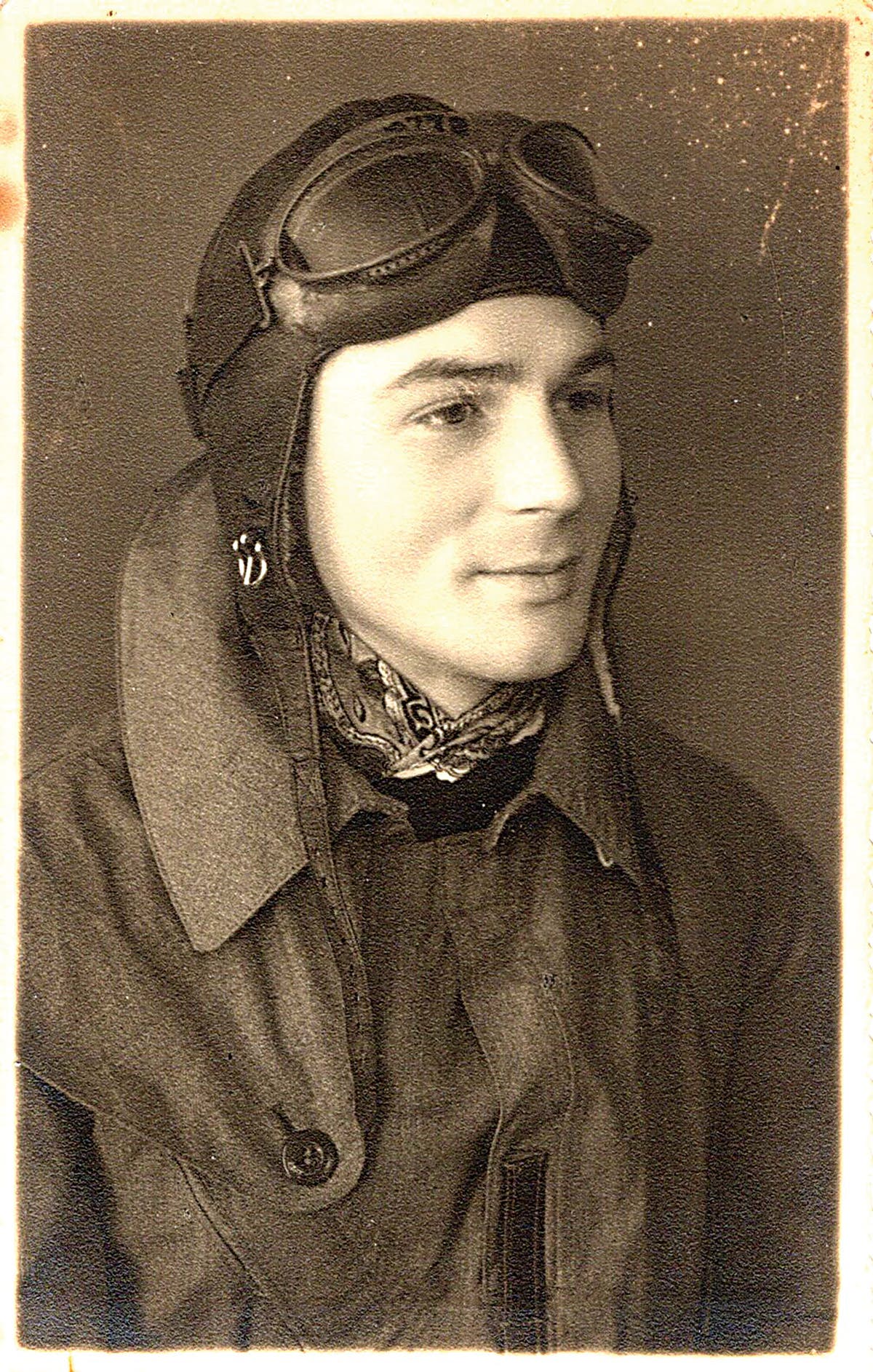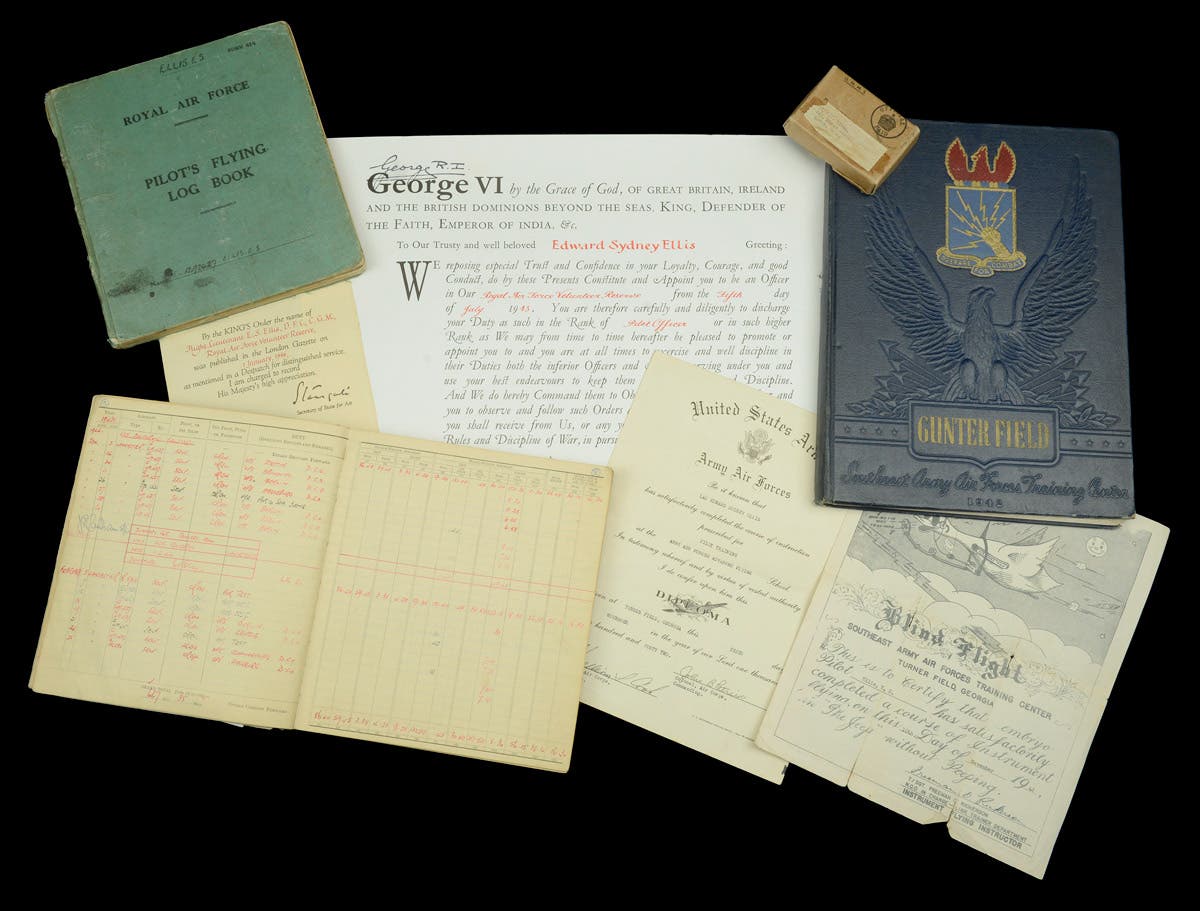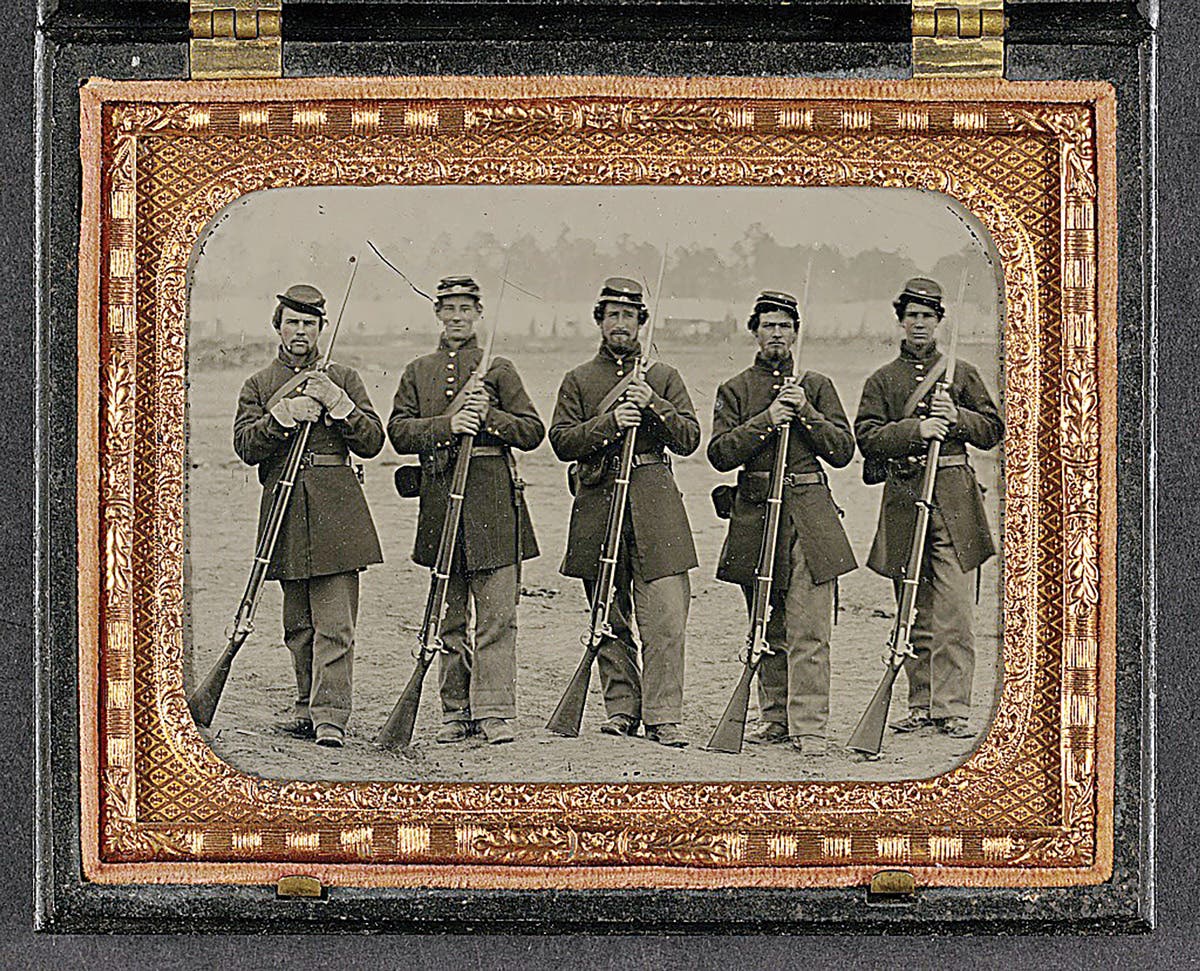Allied-Used British Sun Helmets
By Peter Suciu Worn by more then Monty’s troops in North Africa The classic view of Montgomery’s Eight Army in the desert of North Africa is a “Tommy” running across…
By Peter Suciu
Worn by more then Monty’s troops in North Africa
The classic view of Montgomery’s Eight Army in the desert of North Africa is a “Tommy” running across the desert wearing a British MkII steel helmet. This certainly is an accurate image of how the British soldier looked during the 1940-43 campaign, but it isn’t the complete picture.
The British Tommy was joined by fellow Commonwealth soldiers from Canada, South Africa, India, Australia, and New Zealand. Also joining him in the fight against the Germans and Italians were the Free French, Polish, and even Czechoslovakian soldiers. In fact, the Eight Army was about as “international” in fighting spirit and the make-up as any organization during WWII.
The terms of the Allied Forces Act 1940, which was an Act of Parliament passed in late 1940, gave legal authority for the recognized sovereign governments of Belgium, Czechoslovakia, the Netherlands, Norway, and Poland-—all of which were under German occupation—to raise, equip, and maintain independent armed forces on British soil. The Free French forces under General Charles de Gaulle were also raised as a result of this act.
This act, which was later extended to include Greece, Luxembourg, and Yugoslavia, allowed for these arms to become a symbol of nationhood rather than just providing manpower to the United Kingdom. As a result some 18,000 Poles, 3,000 Czechs, and more than 140,000 French troops joined the fight against the Germans-—and the first stop for many of these men was the Middle East and North Africa.
It should be no surprise, than,that while the French had actual tropical equipment (some of which was obtained as France’s colonial empire), the same could not be said for the for the Polish and Czech forces that headed to the desert lands.
These units included the Polish 3rd Carpathian Rifle Division and the Czech 11th Infantry Battalion. Each unit would see action in North Africa while outfitted in British tropical uniforms and headgear. In addition, photographic evidence and surviving examples show that these troops wore a variety of British tropical sun helmets.
The Free French Wolseley
Free French forces arrived in the Middle East with practically no tropical equipment of its own. One of the principal units raised was the 1st Free French Division, which was first organized under British sponsorship as the 1st Free French Light Division in May 1941, near Tel Aviv. It engaged Vichy authorities in the Levant (modern day Lebanon and Syria). Units of the division continued to serve with Allied Forces and fought at Bir Hakeim and El Alamein. The division was later was reformed as the 1st Free French Division in February 1943, and subsequently fought in the Tunisian Campaign in April and May 1943.
This unit was issued British equipment—including sun helmets. Author Roland Hennequin noted in his book, Casques Militaries Français, that British helmets were “worn by elements of the 1st DFL (Free French Division) in Africa in the early 1940s. The rare tricolour enameled brass insignia decking the helmet is fixed by two horizontal clips folded into the cap.”
That particular badge has been faked, but original examples—-as noted by Hennequin and other sources—highlight that originals were enameled. Many of the copies/fakes that show up have brush strokes or paint that is crazed and cracked. Baked enamel paint from this era will be smooth to the touch and there would be chips rather than cracks.
The enameled badges were not used much later than mid-1942, likely because it caused the wearer to stand out. It is also likely a result of the Free French forces being issued with American equipment, including the M1 steel helmet, by mid-1943.
The type of Wolseley helmet that was worn by the Free French helmets isn’t spelled out, but photographic evidence suggests that the helmets were likely produced during the war-—noted by the fact that these have three or less folds in the puggaree. It is also likely that the Free French-used Wolseley helmets were felt rather than cork, due to wartime cork shortages.
It should be added that the Wolseley was not the only type of helmet used in North Africa and the Middle East, as Bombay Bowlers and other Indian pattern sun helmets---—as well as civilian model sun helmets such as the “Standard Pattern”—were also pressed into service. As French colonies, including those in the Middle East and notably North Africa, began to line up with de Gaulle, stocks of French tropical equipment were re-obtained. This included the French Model 1931 sun helmets. Many of these were reissued with the divisional badge that featured the Cross of Lorraine—which likely appealed more to the French soldiers than the tri-colored badge.
The Polish and Czech Helmets
Whereas the Free French military understood desert combat, much of this may have come as a shock to those Polish and Czech troops who headed to the Middle East and North Africa. Regardless, these units fought bravely and with distinction—it would be easy to confuse them with British or other Commonwealth soldiers.
Both the Poles and Czechs were fitted in British uniforms. In addition, they received British sun helmets (just as the French). Based on photos from the Polish archives, it appears that a variety of sun helmet patterns were used including the Wolseley and the Standard Pattern. The majority of Polish troops were issued the khaki sola pith (KSP) hat, however.
This pattern was used in semi-official capacity in India and Burma the late 1890s and officially replaced the Wolseley in India in 1938 (while the Wolseley did remain in production in the UK throughout the war). The KSP hat was widely used in North Africa and the Middle East during WWII by British and Commonwealth forces and, as observed in period photos from the Polish archives,by members of the 3rd Carpathian Rifle Division. An example of this helmet pattern worn by the Czech forces is also in the Army Museum in Prague.
What makes these helmets distinctive are the flashes attached to them by Polish and Czech soldiers. The Polish helmet flash appears to have been a basic white/red band that measured no more than an inch high nor any longerthan two inches. It was based on the Polish flag, but differs from most Polish shoulder flashes, which have the word “Poland” in red letters. It isn’t clear where, when, or how many of these flashes were in use. This author has only encountered one helmet that actually had such a flash.
Some sources have suggested that Polish sun helmets could have been adorned with the eagle insignia that was on Polish caps and even on some British-made steel helmets. The photographic evidence, however, would argue against this being a standard practice.
As for the Czech-used sun helmet, as noted by the example in the museum, it had a unique flash as well: A small Czech flag. As with the Polish flashes, it isn’t clear when or where these flashes were produced. The museum-owned helmet is the only one the author has encountered.
However, all of this does suggest efforts were made to clearly identify units during the desert campaign. Today,these few surviving examples highlight the struggle of many nations to help liberate North Africa and beyond.
Peter Suciu is a freelance journalist and when he isn't writing about militaria you can find him covering topics such as cybersecurity, social media and streaming TV services for Forbes, TechNewsWorld and ClearanceJobs. He is the author of several books on military hats and helmets including the 2019 title, A Gallery of Military Headdress. Email him and he'd happily sell you a copy!








